Did you know you can eat flowers? Here is a list of 30 edible flowers. The use of flowers in culinary dates back to thousands of years. The Chinese, Romans, and Greeks have been using flowers for ages. Flowers are used in traditional cooking all across the world.
For centuries different cultures around the world have added flowers to their traditional recipes.
These flowers can be used in may surprising and interesting ways, their addition is nit just pleasing to sight, besides adding color some are added for flavor, aroma and for a punch of nutrition. Flowers can be added to food and drinks to give that aesthetic feel.
There is no extent to which you can make your culinary good to eat, aromatic and pleasing to sight.
Eat your flowers safely
While flowers gives aesthetic look to different recipes, before consuming them must be careful and take care of the following points as not all flowers are edible.
- First of all, make sure the flowers are edible. If in doubt never consume it as some are poisonous.
- It is better to eat flowers grown at home. Flowers from nursery or florist are probably treated with pesticides and chemicals
- Do not pick flowers to consume from roadsides or parks as they may be treated with chemicals or polluted.
- Eat only petals.
- Remove pistils and stamens before eating.
- If you have allergies be cautious as some may aggravate allergies and it is better to consult your doctor.
- To store place them on moist paper towels and refrigerate them in an airtight container.
- Cold/ iced water can revitalize flowers.
- Follow the recipes carefully.
- Wash petals carefully make sure there is no dust nor insects stuck on them.
READ MORE: Overcoming Insomnia – Symptoms & Treatment towards quality sleep
List of Edible Flowers
1. BACHELOR’S BUTTON Often cut and dried for decorative purpose, fresh flowers are used for culinary purposes. Lightly flavored and minimal flavor.
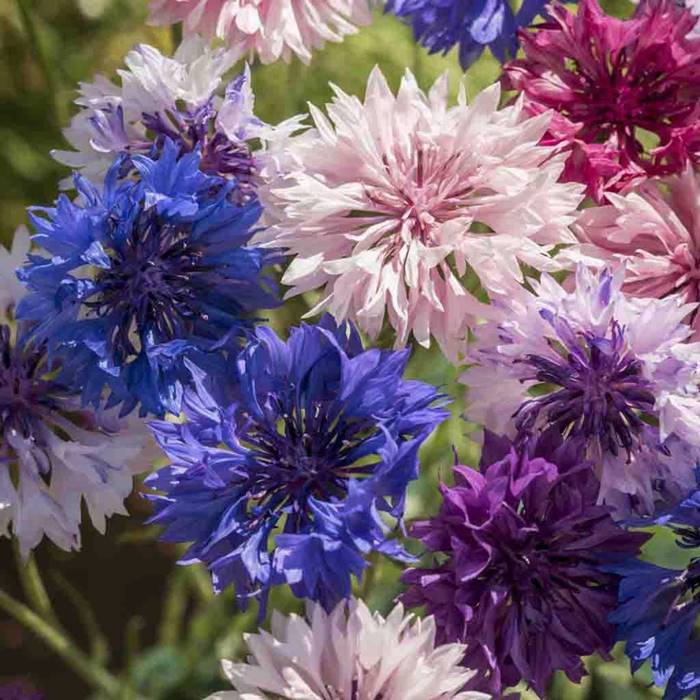
2. BEE BALM The leaves can be eaten raw or cooked. They make attractive garnish in salads, they a minty flavor and can also be brewed into aromatic tea.
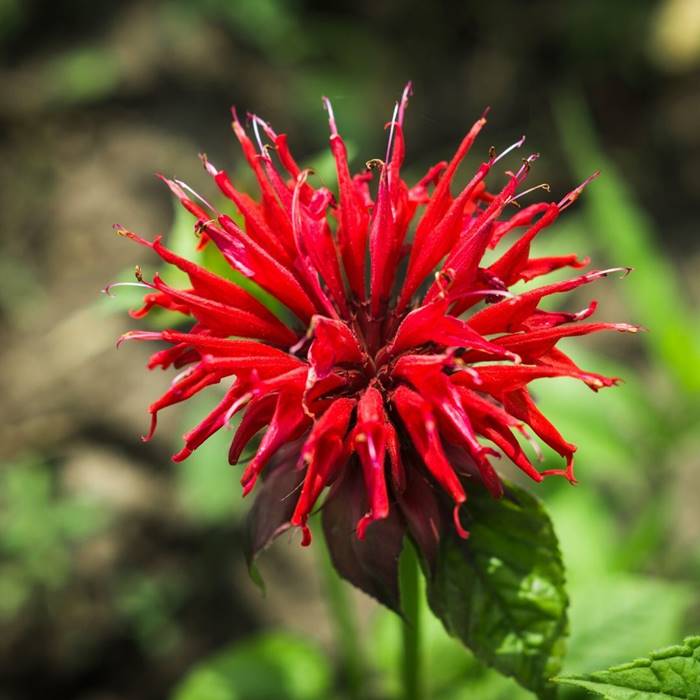
3. BORAGE The blue star-shaped blossoms are a loveliest of all edible flowers with cucumber-like taste. It is often used in salads or as a garnish.
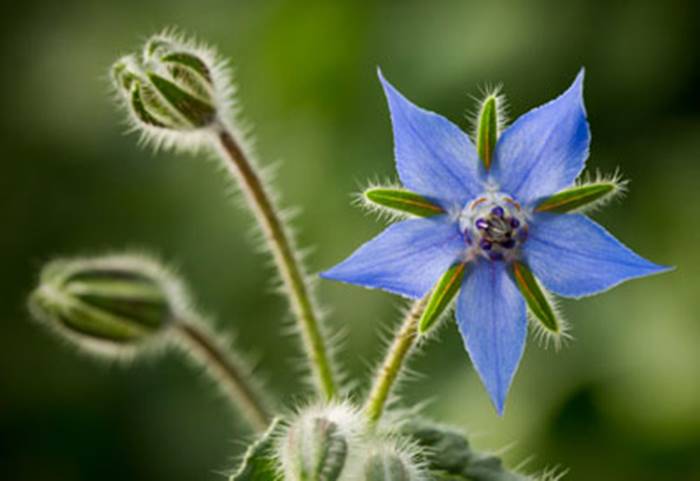
4. CALENDULA/marigold The peppery, tangy, and spicy flower petals have anti-inflammatory, antioxidant, and antibacterial properties that can heal cuts and burns. They can be consumed fresh or dried for culinary and medicinal purposes.
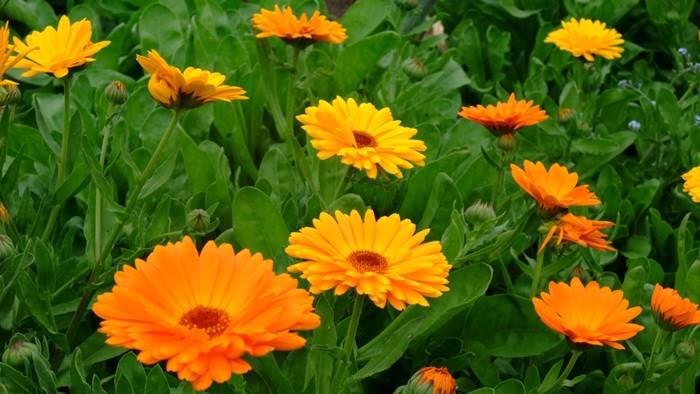
5. CARNATIONS / DIANTHUS The sweet petals can be consumed once trimmed away from the base. They can be steeped in wine, candy or can serve as a decoration for desserts.
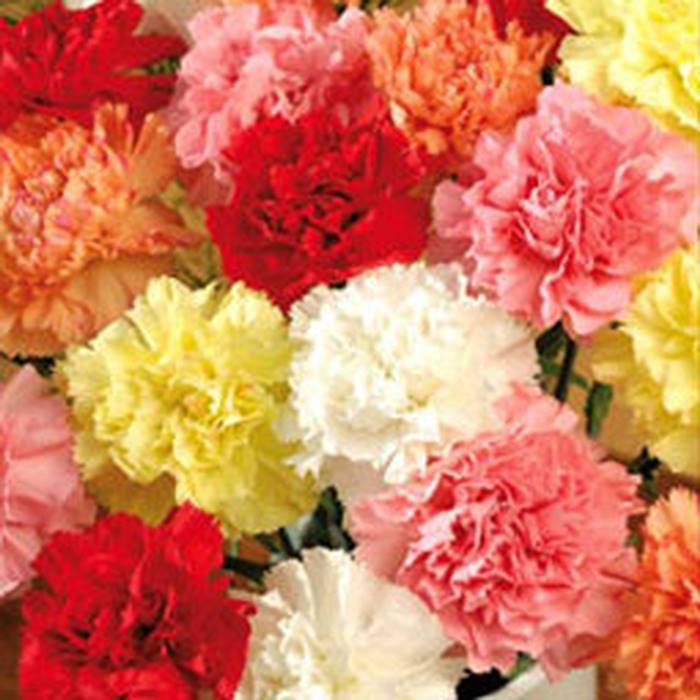
6. CHAMOMILE The small and daisy-like flowers are often used in tea. They have a sweet flavor and are often used in tea. The chamomile flowers and leaves are both edible both can be used in salads or for herbal tea.
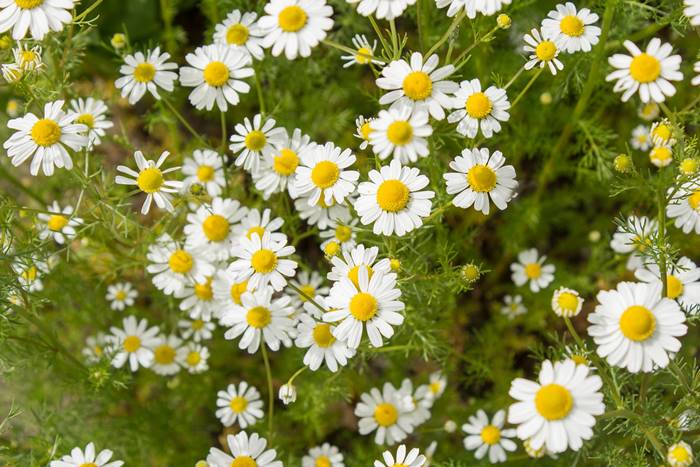
7. CHICORY Blue or lavender flowers are best to consume in the spring and autumn as summer makes them taste a little bitter. They can be tossed in salads.
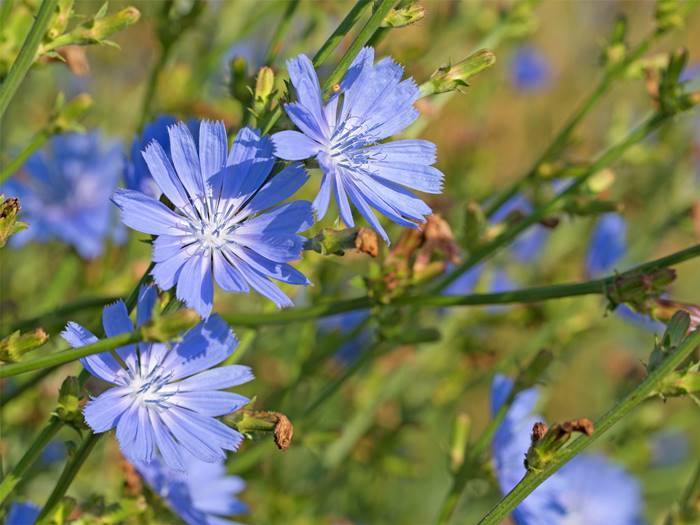
8. CHRYSANTHEMUM All chrysanthemum flowers are edible. The flavor varies from plant to plant – sweet to tangy to bitter or peppery.
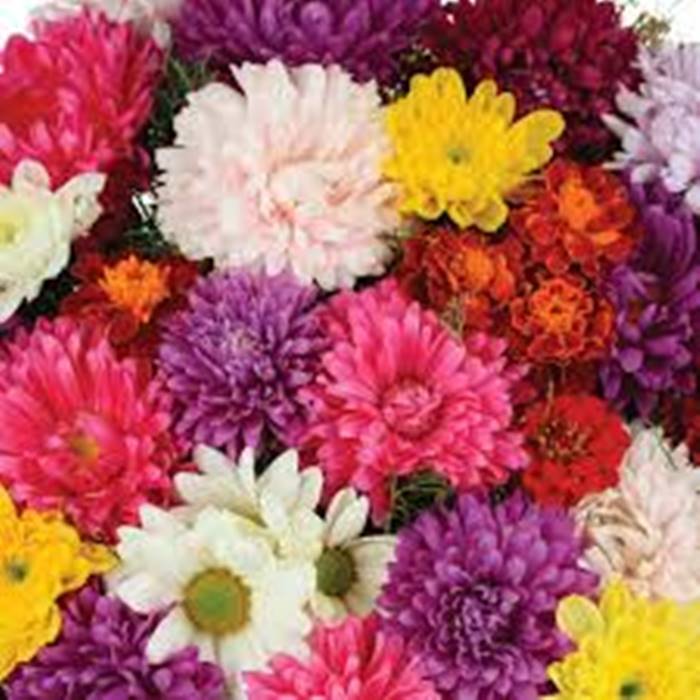
9. CLOVER Flowers are sweet with a hint of licorice.
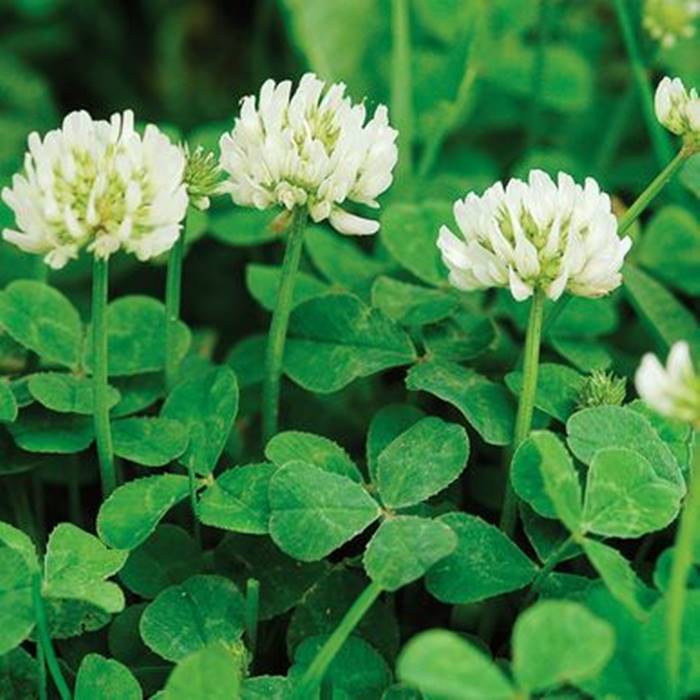
10. DANDELION From flower all the way to roots is edible. Their taste resembles like arugula.
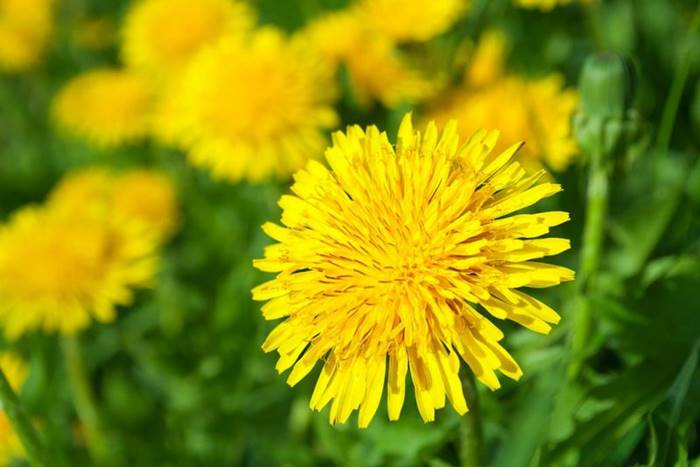
10. ENGLISH DAISY These aren’t the best-tasting petals — they are somewhat bitter — they are more used for their look rather than taste.
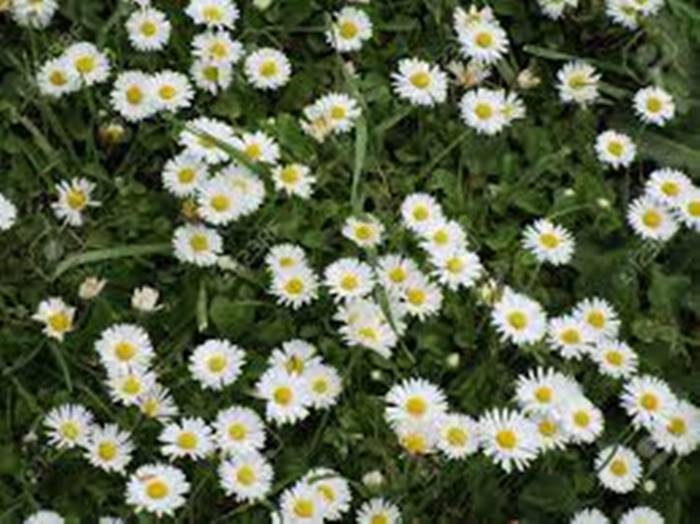
11. FUCHSIA The blooms are slightly acidic in flavor. Explosive colors and beautiful shapes are ideal for garnishing. The berries with lightly tart with lemony freshness are also edible.
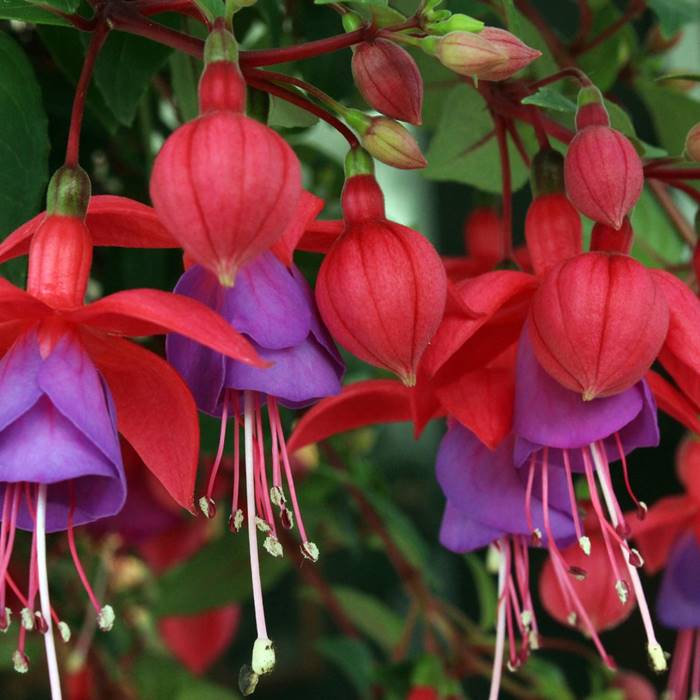
12. GLADIOLUS Flowers have undistinguished flavor, they taste vaguely like lettuce. The petals can be tossed in salads.
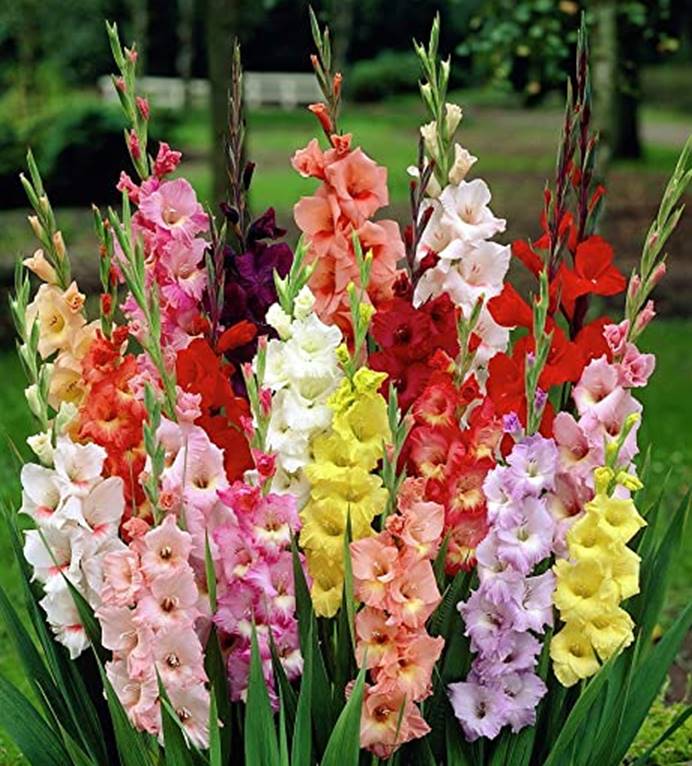
13. HIBISCUS The popular edible variety of Hibiscus is known as roselle or Hibiscus sabdariffa. The flowers can be eaten raw but are famously used in hibiscus tea,
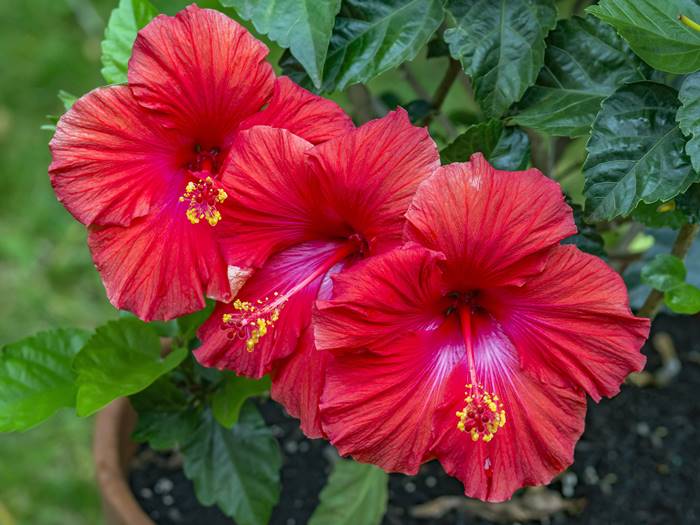
14. HOLLYHOCK It is completely edible – leaves, roots, flower, and seeds. It is a valuable medicinal plant as well and can be used for skincare. Hollyhock blossoms make a showy, edible garnish.
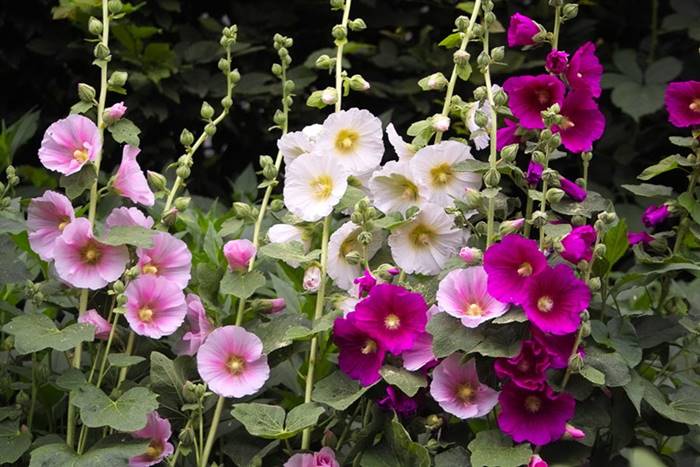
15. IMPATIENS Flowers have sweet flavor – can be used as a garnish in salads or can be floated on drinks.
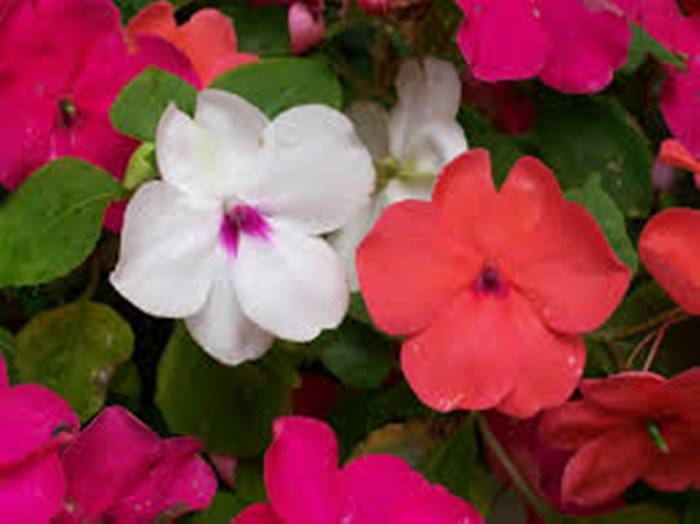
16. JASMINE These super-fragrant blooms are used in teas in sweet dishes, but sparingly. Only the species Jasminum sambac is edible while all other species are poisonous.
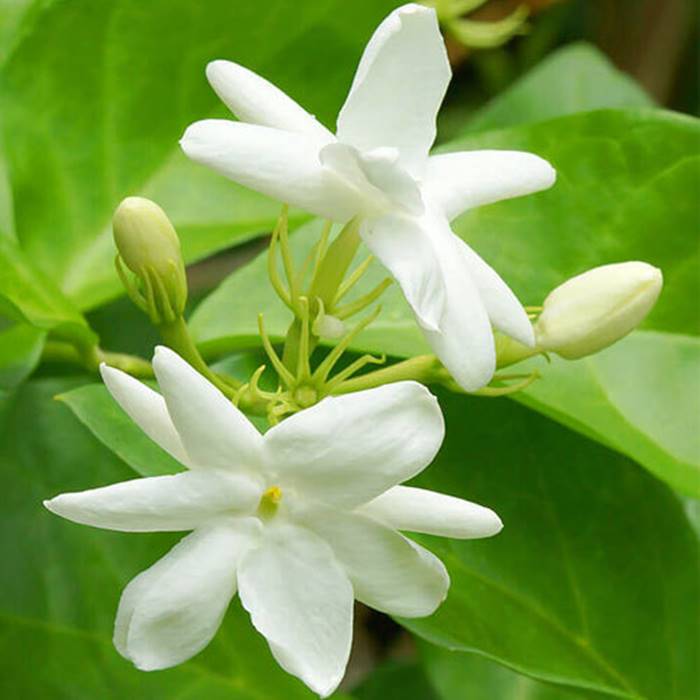
17. JOHNNY JUMP-UP These adorable and delicious flowers are great for salads, pasta, fruit dishes, and drinks. They have a subtle mint flavor.
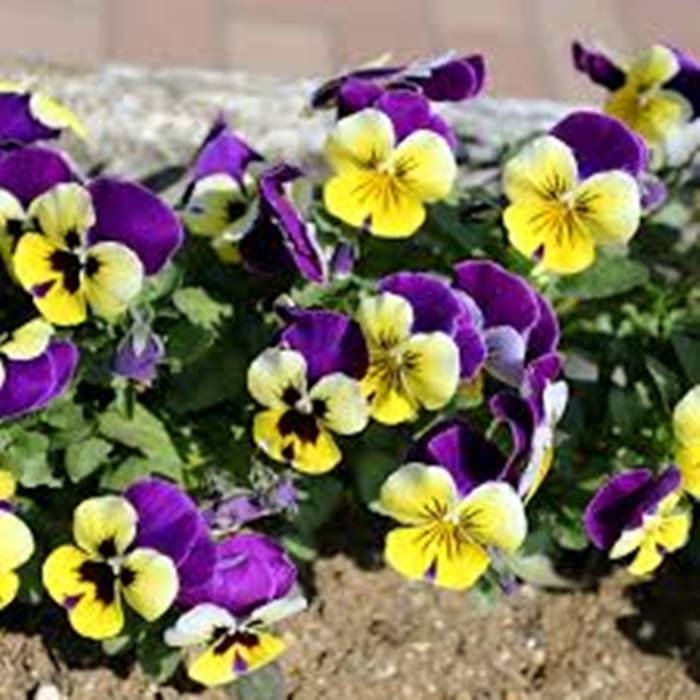
18. LAVENDER Sweet, spicy, and perfumed, the flowers and leaves can be used fresh, buds and stems can be used dried. They are a great addition to both savory and sweet dishes.
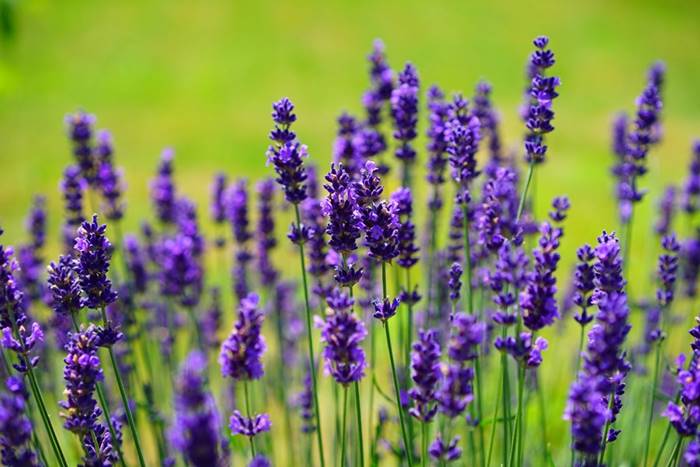
19. LEMON VERBENA The leaves and flowers of tiny cream-colored citrus-scented blossoms can be used in herb tea as well as to flavor desserts.
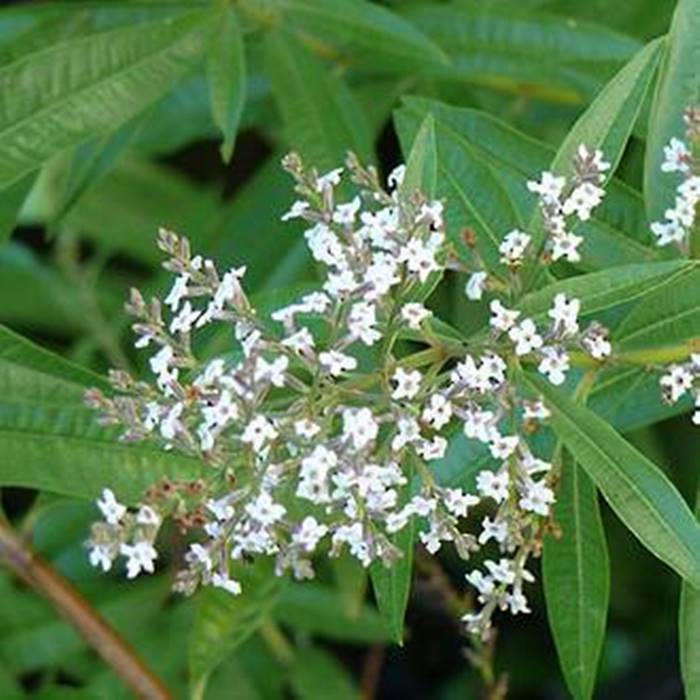
20. LILAC The flowers are edible and they have some medicinal qualities as well. The blooms are pungent, but the floral citrusy aroma translates to its flavor as well.
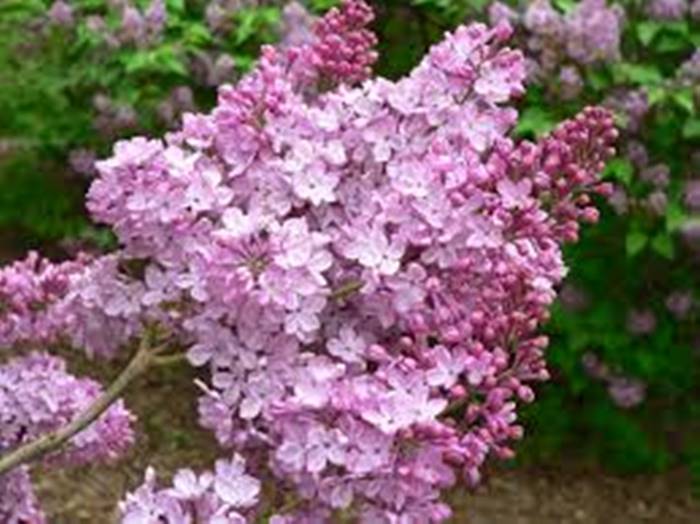
21. MINT All flowers of the mint family are edible. The flowers are minty.
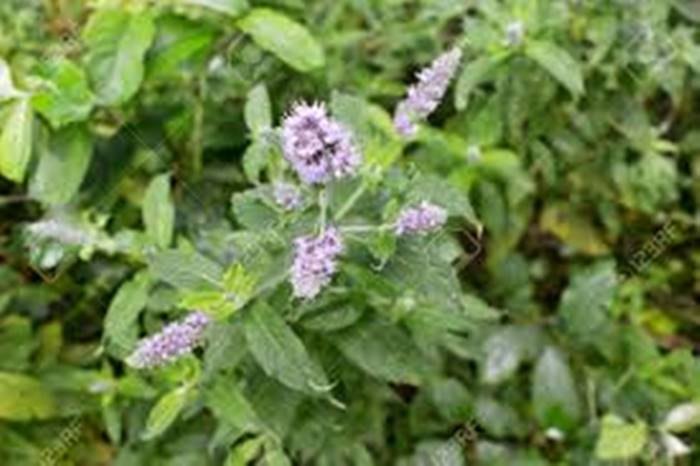
22. NASTURTIUM leaves have slightly warm peppery flavor, flowers are milder with sweet nectar. The seeds are hot and fragrant. You can toss flowers, add leaves to salads, pickle buds like capers, and garnish to your heart’s content.
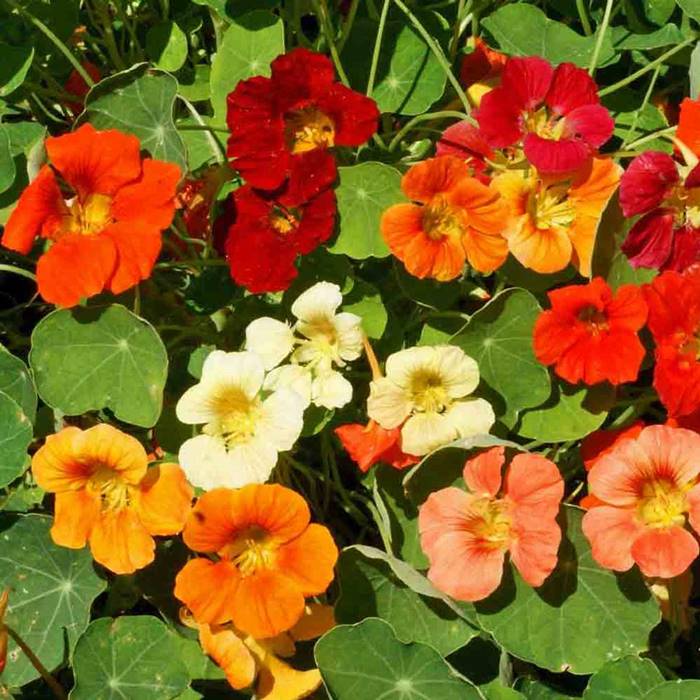
23. OREGANO The flowers are a pretty, subtle version of the leaf.
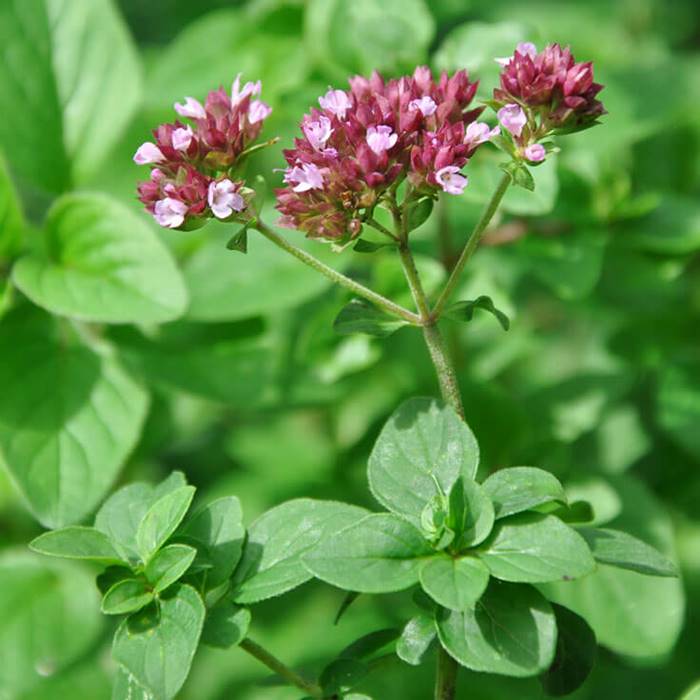
24. PANSY Eat only petals remove pistils and stamens. Pansy sepals are also edible.
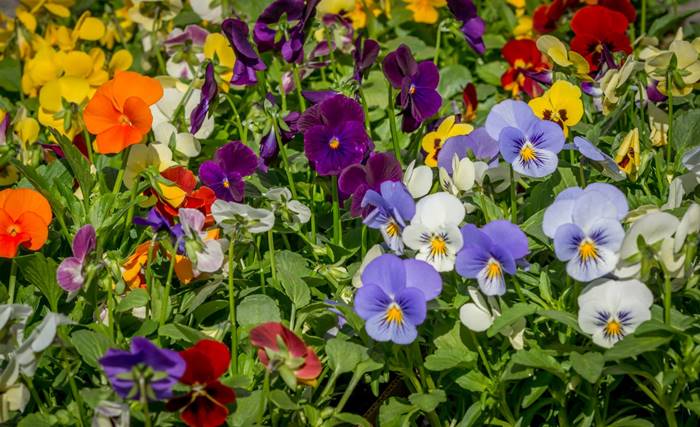
25. RADISH They have a distinctive spicy taste. Can be used in salads.
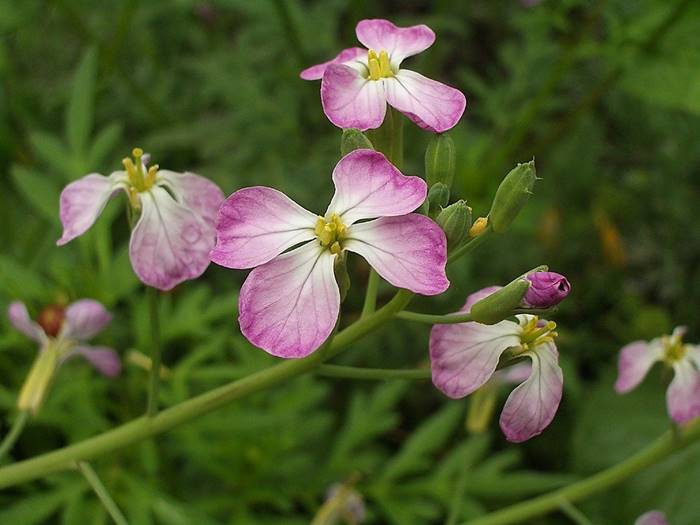
26. ROSE All rose varieties are edible. Remove the white, bitter base and the remaining petals have a strongly perfumed flavor perfect for floating in drinks or scattering across desserts, and for a variety of jams.
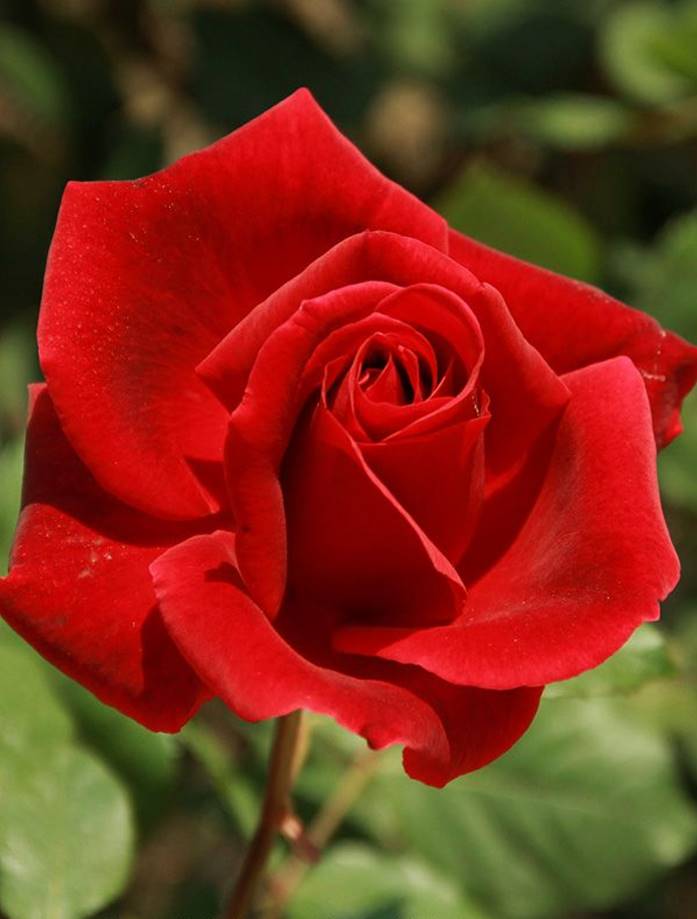
27. ROSEMARY Flowers taste like a milder version of the herb; nice used as a garnish on dishes that incorporate rosemary.
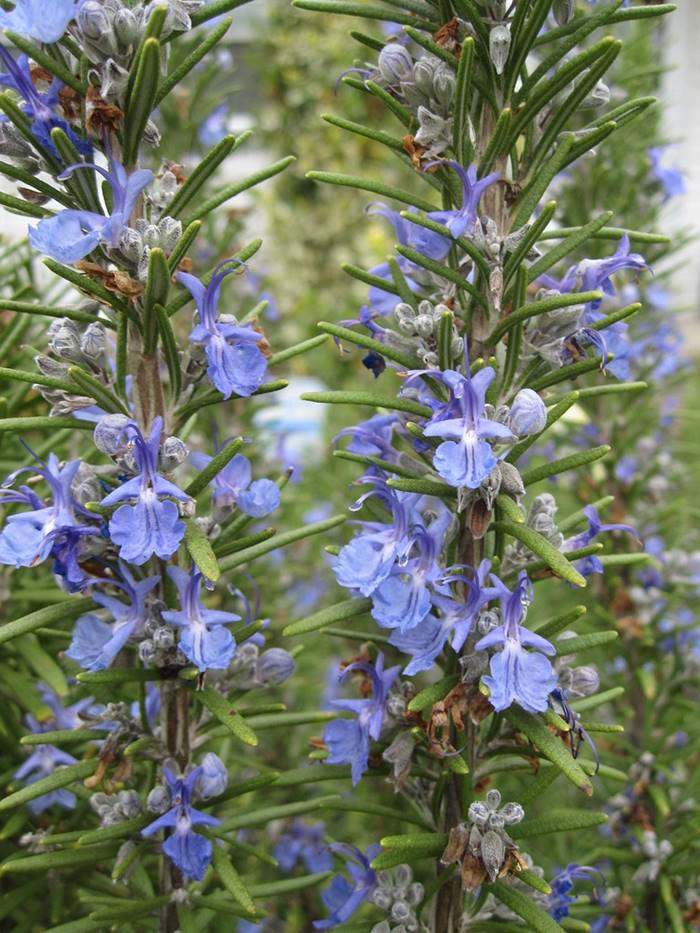
28. SAGE Can be used as decoration.
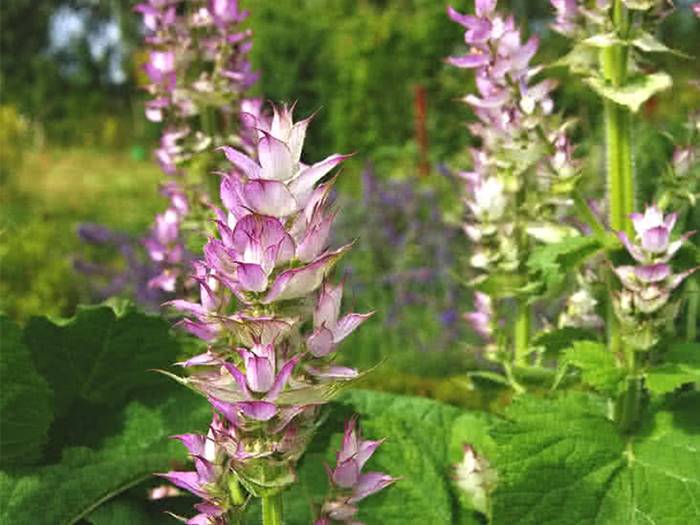
28. SQUASH and PUMPKIN They make some of the best and most popular dishes in West Bengal and Kerala. The flowers have an orange and yellow hue.
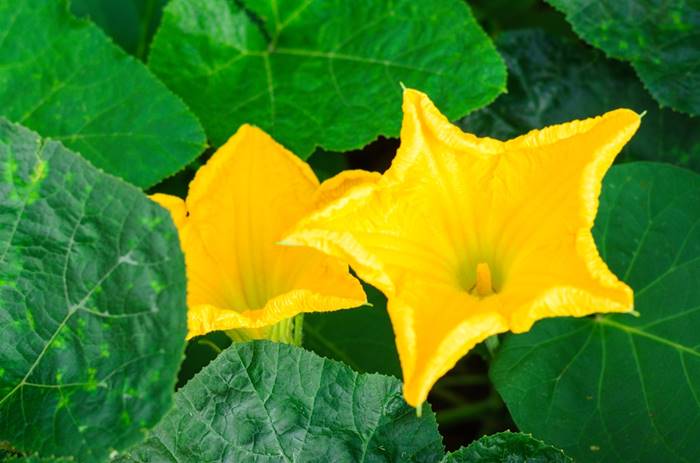
29. SUNFLOWER The petals are eaten raw for best flavor and texture. The sprouts are perfect for salads or topping on stir-fries and soups. The bud can be steamed like an artichoke.
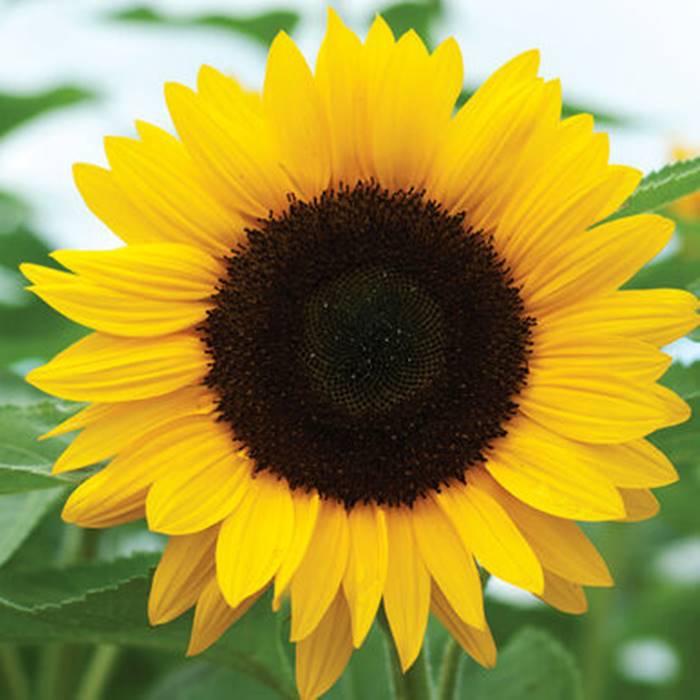
30. VIOLETS The leaves and flowers contain high amounts of Vitamin C and vitamin A. Use the flowers in salads and to garnish desserts and drinks.
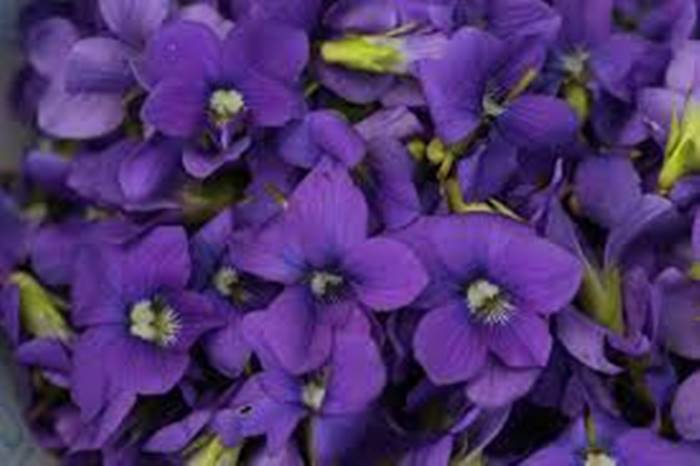
READ MORE: Dates – Astounding Health benefits you never knew
Follow INCPAK on Facebook / Twitter / Instagram for updates.








